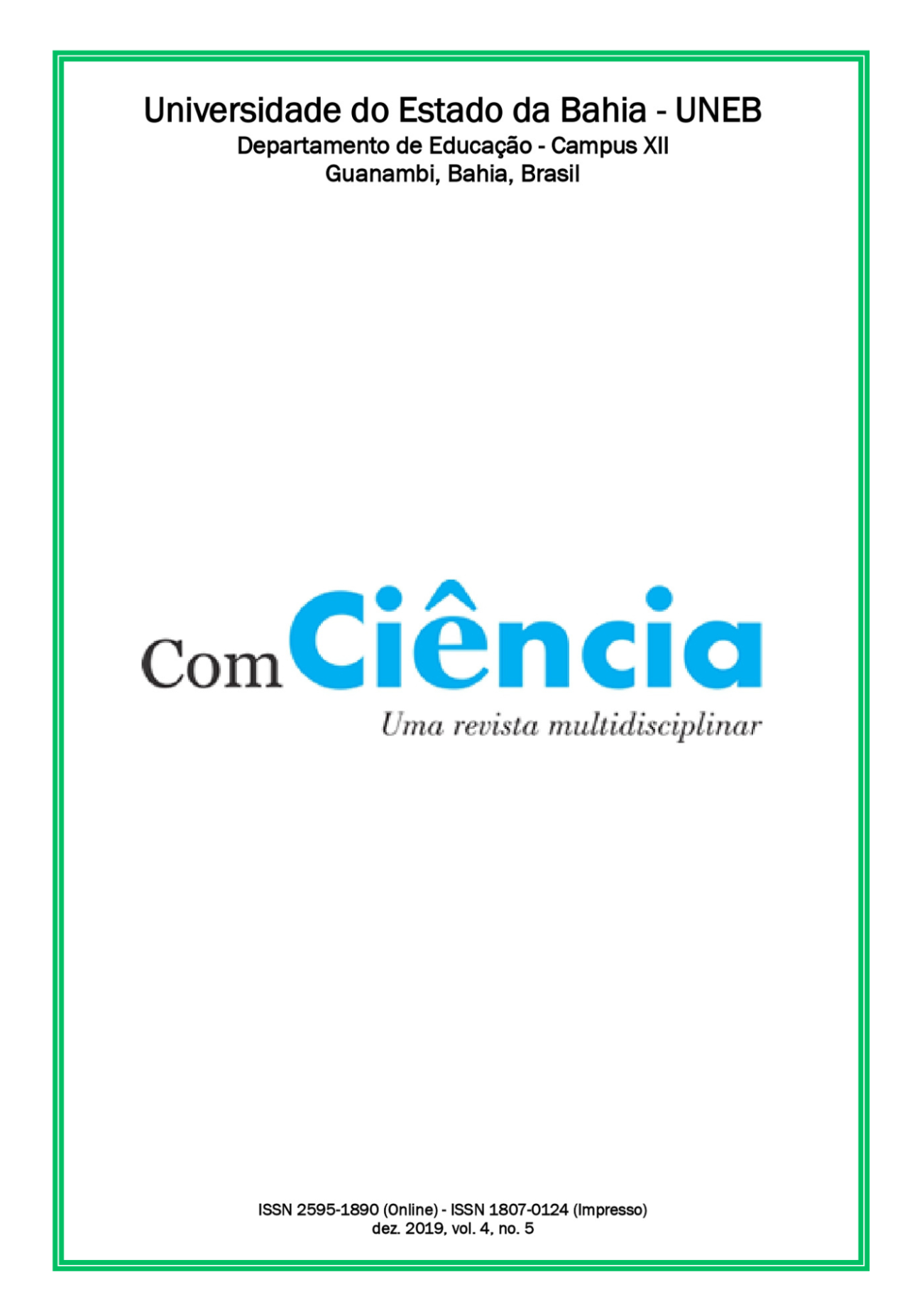Resistance of black bodies and (in) docile of people in street sintuacion of the city of Alagoinhas-BA
DOI:
https://doi.org/10.36112/issn2595-1890.v5i2.p47-54Keywords:
Street People, Racism, Art, ExistenceAbstract
His academic work, aims to discuss two main issues, the race issue (black) and the social situation (street people) of how this mixes in the current social context making their lives more dense and painful. The term Indocility was the way of treating those people living in a (un)equal way to what the community is used to, a term treated in the work of Foucault (1987) as docility, also treated Indocility in the work of Santiago (2016), among other authors who will deal with the issues. It is a work that has been studied in loccus, with people living on the street everyday, studying preponderantly the issues of resistance, the aesthetics of existence and how art can be a valve of escape in the process of reconstruction of those who are marginalized and constantly invisibilized by a society that historically was and is built under massacre and inequality, in this way we will treat assertively how these people different from the standard titled normal (Indociles) survive on the street and how art can be an object of "writing of self" and reconstruction of a self that exists and resists racial discrimination and social inequality.
Downloads
References
ARFUCH, Leonor. O espaço Biográfico: Dilemas da subjetividades contemporânea. EDURJ, 2010.
AGUIAR.J; BASTOS.N. Arte como conceito e como imagem :A redefinição da “arte pela arte”. Revista Social, USP, SP,v. 25, n. 2 Novembro, 2013.
COSTA, João. Histórias de vida de pessoas em situação de rua da cidade de NatalRN: Fotografias do trabalho em construção identitária individual. 2016. 280.f.tese (doutorado em Linguística aplicada) Centro de Ciências Humanas, letras e artes, Universidade Federal do Rio Grande do Norte. NATALRN.
CERQUEIRA, Daniel et al, Altas da violência 2017. IPEA. Rio de Janeiro, Junho de 2017.
FOUCAULT, Michel. A ordem do discurso. São Paulo: Ed 24. Edições Loyola, 2004.
FOUCAULT, Michel. Os corpos dóceis. In: Vigiar e Punir: nascimento da prisão. tradução de Raquel Ramalhete Petrópolis, Vozes, 1987
FIGUEREDO, Fernanda. A mulher negra dos cadernos negros: Autoria e representação. (Dissertação) F.128. Programa de pós graduação Estudos Literários, Belo Horizonte, 2009.
JAMESON, Fredric. Pós-Modernismo: a lógica cultural do capitalismo tardio. 2.ed. São Paulo: Ática, 2007.
SANTIAGO, Ana. Literatura de autoria feminina negra: (des)silenciamentos e ressignificações. Fólio- revista de letras, Vitória da conquista. V.2,n. p.20-37. Jan./jun.2010.
SANTIAGO, Silviano. Democratização no Brasil: 1979-1981 (Cultura versus Arte) In, Declínio da Arte e Ascensão da Cultura. Florianópolis: ABRALICLetras contemporâneas, 1998. p.11-23
SANTOS.O. M. A luta desarmada dos subalternos. Belo Horizonte. EdUFMG. 2016.
SILVA, Ana. Literatura de autoria negra feminina: (des) silenciamentos e ressignificações. Ed. Fólio. Vitória da Conquista. V2. N1 JanJun. 2010.
SOUZA, Ana; JOVINA, I; MUNIZ,K. Letramento de reexistência: um conceito em movimento negros. Ed. Especial. V 10. Janeiro de 2018.
LIMA, Mota. Relações étnico-raciais na escola: o papel das linguagens. 1a edição. Salvador: ED.UNEB, 2015.
OLIVEIRA. Fátima. Ser negro no Brasil: alcances e limites. Estud. av. vol.18 no.50São Paulo Jan./Abril.2004
VIGOTSKI, L. S. (1999). Psicologia da Arte. São Paulo: Martins Fontes.
KLINGER, Diana. Escritas de si, escritas do outro: autoficção e etnografia na narrativa latino-americana contemporânea. 2006. 206 f. Tese (doutorado em Letras) Instituto de letras, Universidade do Rio de Janeiro, RJ.
Downloads
Published
How to Cite
Issue
Section
License
Copyright (c) 2023 Revista ComCiência, uma Revista multidisciplinar

This work is licensed under a Creative Commons Attribution-NonCommercial 4.0 International License.





